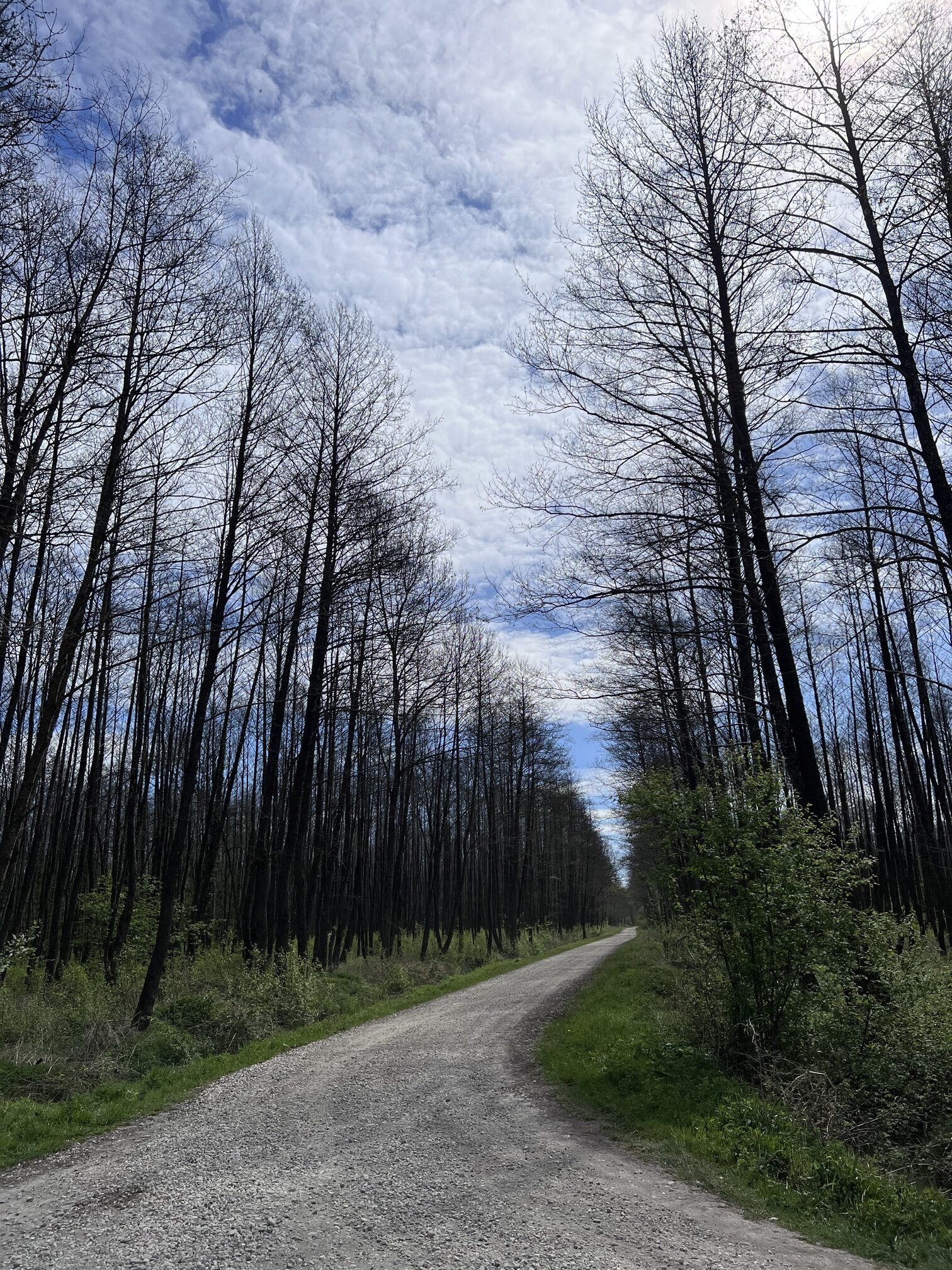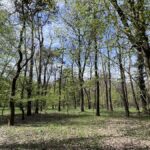I try to be a realist about the direction the world is heading, this can be depressing, but it’s the only way we can prepare for the potential challenges and opportunities the future holds. The trend seems to be that people might be incentivized to offset their carbon footprint. Carbon taxes are a possibility; if that’s the case, let’s prepare by including forestry in our investment portfolio. We can invest in stocks and ETFs including forestry, or buy a forest. There are many options for adding forestry to your investment strategy- this post will focus on offsetting carbon taxes by generating carbon credits.
When I was about twelve years old, one of my friend’s parents planted teak trees on some of their property for his future. I hadn’t seen the trees in years, but while in Belize in January 2023, we saw them; they are big, over halfway to harvest. Forestry is an excellent investment for long-term goals like securing your children’s retirement. Forestry is also an option for making passive income in shorter terms depending on the types of trees you plant and their usefulness.
Another investment avenue for forestry is what may become a great opportunity in the future, offsetting carbon taxes. Carbon credits might be tradeable certificates representing the reduction of one metric ton of carbon dioxide (CO2) or an equivalent amount of other greenhouse gases (GHGs).
Carbon sequestration through afforestation and reforestation.

Landowners can promote afforestation (establishing new forests) and reforestation (replanting areas where forests have been removed) by owning and managing forests. These activities could help appropriate CO2 from the atmosphere since trees absorb and store the gas in their biomass. Forest owners can implement sustainable practices, such as selective logging, extended rotation lengths, and planting native species, to enhance the forest’s carbon sequestration. Landowners would manage forests sustainably and ultimately earn carbon credits. Once credits are generated, forest owners could potentially sell the carbon credits on carbon markets to businesses and individuals seeking to offset their emissions- creating a financial incentive for landowners to engage in sustainable forest management and conservation efforts.
Investing in forestry can help investors diversify their portfolios and hedge against potential losses in industries negatively impacted by carbon taxes. We don’t know how these carbon taxes would work yet, but we can assume that these taxes will impact multiple areas of the economic environment. If these taxes are established, many investors and businesses will look for avenues to reduce their taxes. In that case, an entrepreneur can utilize this financial opportunity to develop forests, break them into some bonds and then sell them to investors needing to offset their carbon taxes.
Some investors and organizations that have been involved in forestry investments include the following:
Timber Investment Management Organizations (TIMOs): TIMOs are specialized investment firms that manage portfolios of timberland assets on behalf of institutional investors, endowments, and high-net-worth individuals. Examples of TIMOs include Hancock Natural Resource Group, Forest Investment Associates, and Molpus Woodlands Group. Learn more about TIMOs with Investopedia. These are like REITs which are also property investment investments.
Some stocks that are TIMOS are IP, BCC, WFG, RFP, and LL; these are just some examples, do your research if this is the avenue you want to invest in. I don’t know if it’s a good investment for you as I only provide details, not investment advice.
Institutional investors: Pension funds, insurance companies, and endowments have increasingly shown interest in forestry investments to diversify their portfolios, hedge against inflation, and achieve long-term returns. Examples include the California Public Employees’ Retirement System (CalPERS), the Ontario Teachers’ Pension Plan, and the Yale University endowment fund.
Private equity firms: Some private equity firms have dedicated funds for investments in forestry and other natural resources. Examples include Global Forest Partners, New Forests, and The Rohatyn Group.
Family offices and high-net-worth individuals: These investors increasingly seek exposure to forestry investments due to their long-term nature, the potential for steady returns, and sustainability benefits.
Impact and ESG investors: Forestry investments can align with the environmental, social, and governance (ESG) criteria that many impact investors prioritize. These investors may invest in sustainable forestry projects that generate carbon credits or provide other environmental benefits.
Governments and development banks: National governments and development banks may invest in forestry projects as part of their climate change initiative and adaptation strategies or to promote sustainable development. Examples include the World Bank’s Forest Carbon Partnership Facility and the Green Climate Fund.
Forestry ownership can produce an opportunity to offset potential carbon taxes by generating carbon credits. Investors interested in this approach should thoroughly research forestry projects and management practices to ensure they align with what you’re willing to do, sustainability goals, and carbon offset standards. Also, be aware of the regulatory landscape in the relevant jurisdiction, as government policies and market dynamics can influence the value of carbon credits and the demand for them. Make sure you understand what your state and local governments will allow. One of the perks of owning forestry is the right and ability to harvest, if your state or local government makes that impossible, forestry may be too much effort for the lack of return. I have another post about forestry to check out, Investing in Real Estate and Natural Resources Forestry. Subscribe for more business, sales, and investing posts, have a lovely day.











